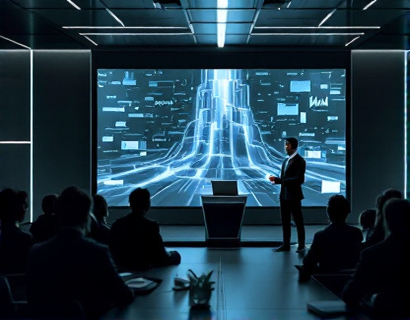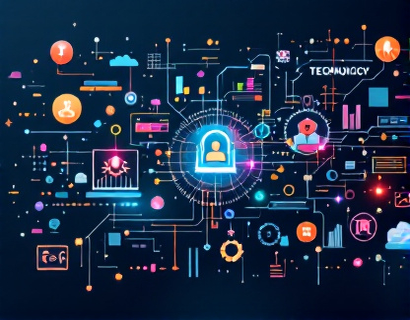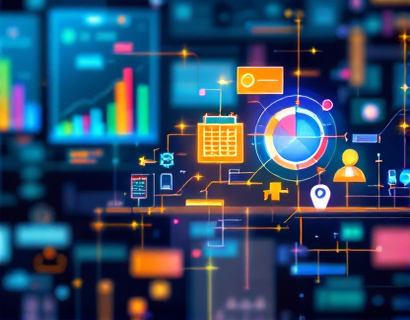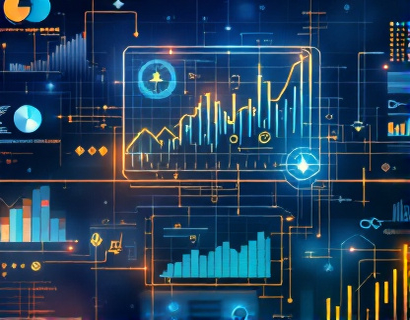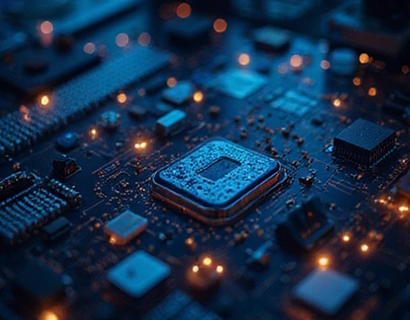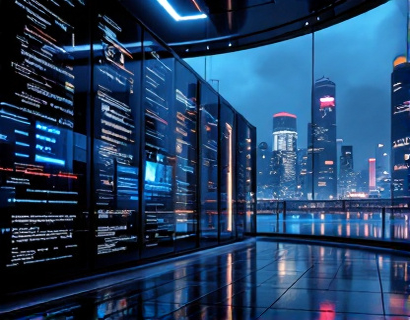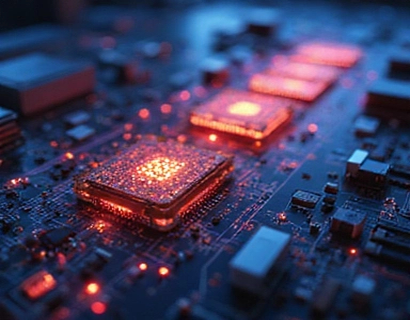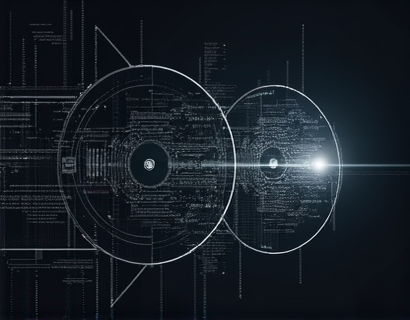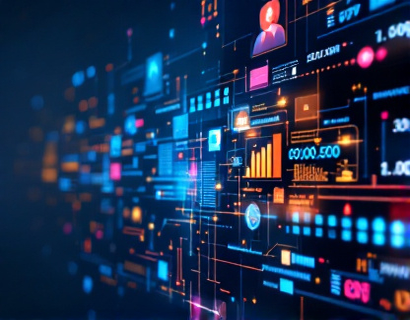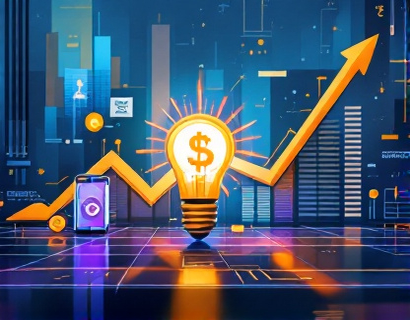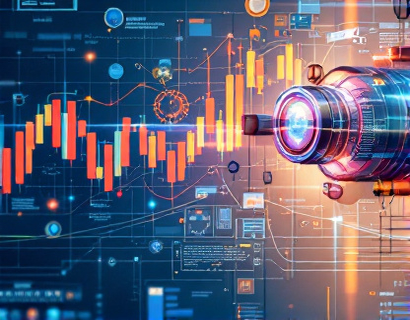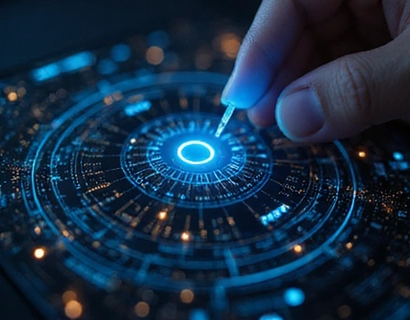Decentralized Transformation: Revolutionizing Digital Solutions with AI and Crypto
The digital landscape is undergoing a profound transformation, driven by the convergence of artificial intelligence (AI) and cryptocurrency. This fusion is giving rise to decentralized applications and services that are redefining user experiences and boosting engagement. For tech enthusiasts, early adopters, and digital innovators, understanding this revolution is crucial. This article delves into the transformative potential of decentralized solutions and AI-driven innovations, exploring how these technologies are shaping the future of digital interactions.
The traditional centralized models of digital services are being challenged by decentralized alternatives. Decentralization, at its core, means distributing control and decision-making across a network rather than concentrating it in a single entity. This shift is enabled by blockchain technology, the backbone of cryptocurrencies, which provides a secure, transparent, and tamper-proof ledger for transactions. When combined with AI, the possibilities become even more exciting.
Decentralized Applications: A New Paradigm
Decentralized applications (dApps) are at the forefront of this transformation. Unlike traditional apps hosted on centralized servers, dApps run on a blockchain network, ensuring that no single entity has control over the application or its data. This decentralization enhances security, privacy, and user autonomy. For instance, users can interact with dApps without needing to trust a central authority, reducing the risk of data breaches and manipulation.
The development of dApps leverages smart contracts, self-executing contracts with the terms directly written into code. These smart contracts automate processes, reduce friction, and ensure transparency. For example, in the finance sector, decentralized finance (DeFi) platforms offer lending, borrowing, and trading services without intermediaries, making financial services more accessible and efficient.
AI in Decentralized Systems
AI plays a pivotal role in enhancing the capabilities of decentralized systems. Machine learning algorithms can analyze vast amounts of data on the blockchain, providing insights and predictions that would be impractical for humans to process manually. This synergy between AI and decentralization leads to smarter, more responsive, and adaptive digital solutions.
One notable application is in predictive maintenance for decentralized infrastructure. AI can monitor the performance of decentralized networks, identifying potential issues before they become critical. This proactive approach ensures higher uptime and reliability, crucial for services that depend on continuous operation.
Enhanced User Engagement through AI and Decentralization
The combination of AI and decentralization is not just about technical advancements; it's also about creating more engaging and user-centric experiences. Decentralized platforms can use AI to personalize user interfaces and experiences, tailoring content and services to individual preferences and behaviors. This level of personalization fosters deeper user engagement and loyalty.
Moreover, decentralized governance models, powered by AI, allow users to participate in decision-making processes. Token-based voting systems, for instance, enable community-driven development and management of dApps. This democratization of control empowers users and fosters a sense of ownership and community.
Security and Trust in Decentralized Systems
Security is a paramount concern in the digital world, and decentralized systems, enhanced by AI, offer robust solutions. The immutable nature of blockchain ensures that once data is recorded, it cannot be altered or deleted. AI can further enhance security by detecting and mitigating threats in real-time. For example, anomaly detection algorithms can identify unusual patterns that may indicate a security breach, allowing for immediate action.
Trust is another critical aspect. Decentralized systems reduce the need for intermediaries, minimizing the risk of fraud and corruption. AI can augment this by verifying identities and transactions, ensuring that only legitimate users and actions are processed. This dual approach of decentralization and AI creates a highly secure and trustworthy environment.
Challenges and Considerations
While the potential of decentralized AI-driven solutions is immense, there are challenges that need to be addressed. Scalability remains a significant issue for blockchain technology. As the number of transactions increases, the network can become slow and expensive. Research into more efficient consensus mechanisms and layer 2 solutions is ongoing to overcome these limitations.
Interoperability is another challenge. Different blockchain platforms often operate in silos, making it difficult for dApps to communicate and integrate seamlessly. Standards and protocols that promote interoperability are essential for the widespread adoption of decentralized technologies.
Regulatory uncertainty also poses a challenge. As decentralized systems operate outside traditional regulatory frameworks, there is a need for clear guidelines to ensure compliance and protect users. Collaboration between technologists, policymakers, and industry stakeholders is crucial to navigate this complex landscape.
Future Prospects
The future of decentralized AI-driven digital solutions is promising. As technology advances, we can expect more sophisticated and user-friendly dApps. The integration of AI with other emerging technologies, such as the Internet of Things (IoT) and augmented reality (AR), will open new avenues for innovation. For instance, smart contracts combined with IoT devices can automate and optimize various processes in industries like supply chain management and smart cities.
Moreover, the rise of decentralized autonomous organizations (DAOs) is reshaping how businesses and communities operate. DAOs leverage blockchain and AI to create self-governing entities that can make decisions based on data-driven insights. This model has the potential to revolutionize sectors ranging from entertainment to healthcare.
Conclusion
The fusion of AI and decentralization is transforming the digital landscape, offering unprecedented opportunities for innovation and user empowerment. As these technologies continue to evolve, they will play a pivotal role in shaping the future of digital interactions. For those interested in the cutting edge of technology, embracing this decentralized AI revolution is essential. By understanding and leveraging these advancements, we can unlock new possibilities and drive meaningful change in the digital world.






